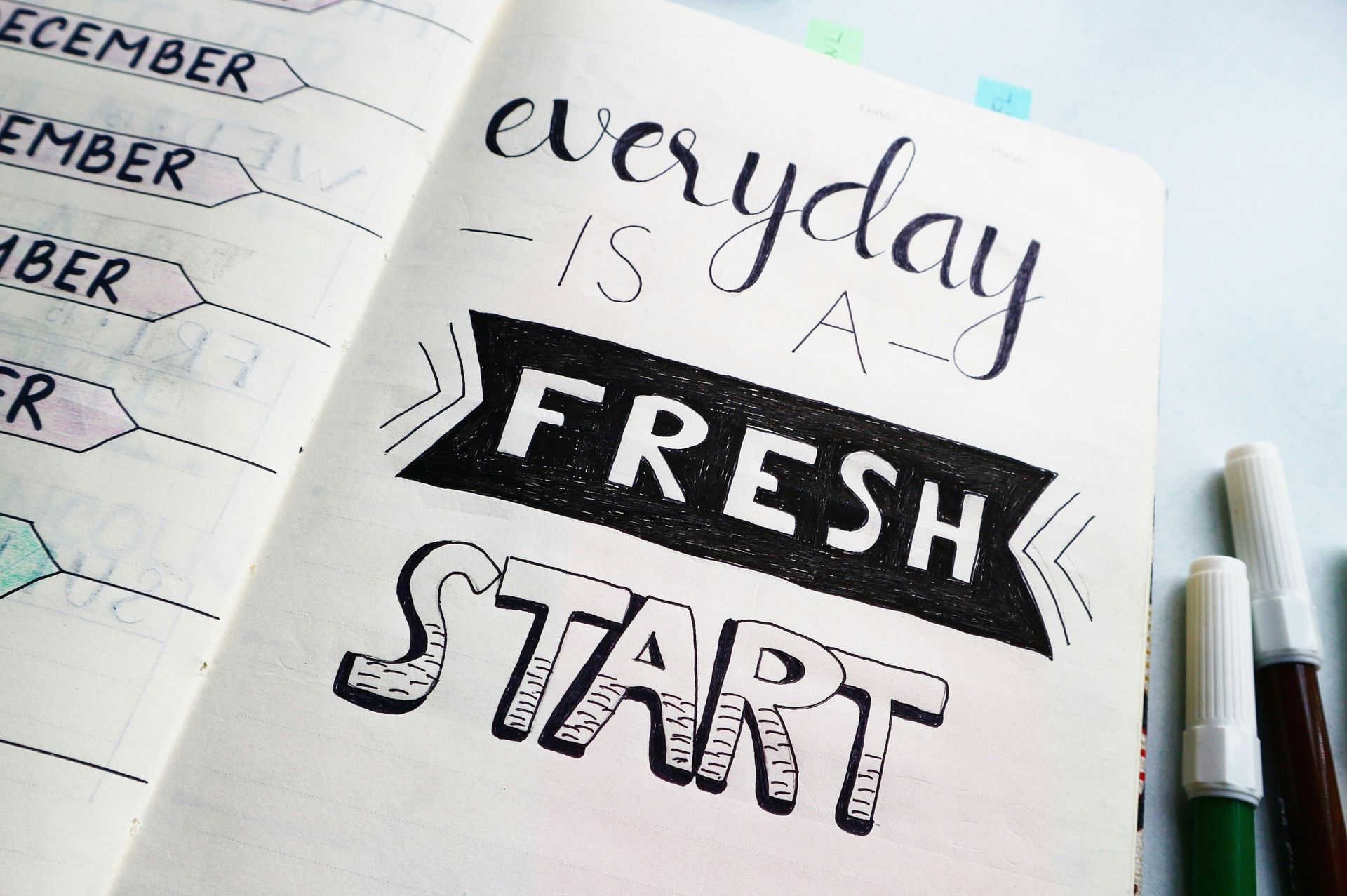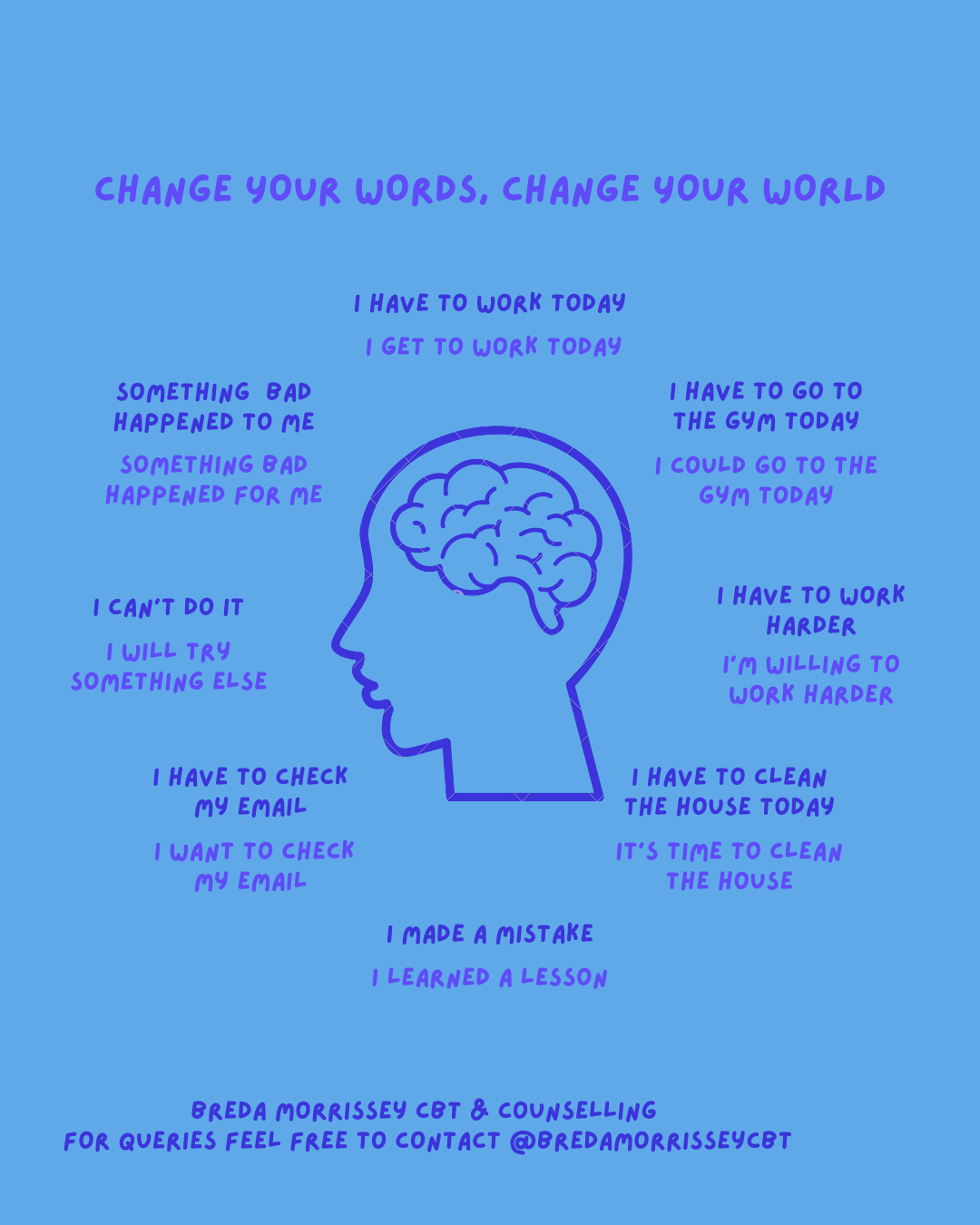How to Use Cognitive Behavioural Techniques to Manage Daily Stress
In today’s fast-paced world, stress has become a common part of life. From work pressures to personal challenges, everyone experiences stress at some point. However, how we respond to stress can make a significant difference in our mental and physical well-being. One of the most effective ways to manage daily stress is by using Cognitive Behavioural Therapy (CBT) techniques. These techniques help individuals change their thinking patterns and behaviours, providing a powerful tool for managing stress. In this blog, we’ll explore how to use CBT techniques to cope with daily stress and promote a healthier mindset.
1. Recognising and Challenging Negative Thoughts
The foundation of CBT is the idea that our thoughts influence our emotions and behaviours. Stress often arises when we interpret situations negatively or irrationally. For example, if you’re overwhelmed by a deadline, you might think, “I’ll never get this done,” or “I’m not good enough to meet expectations.” These negative thoughts can increase anxiety and stress.
How to Use This Technique:
- Identify Negative Thoughts: Start by becoming aware of your thoughts when you feel stressed. Pay attention to the language you use, such as “always,” “never,” or “I can’t.”
- Challenge and Reframe: Ask yourself questions like, “Is this thought realistic? Can I prove it to be true?” Replace negative thoughts with more balanced, realistic ones. For example, instead of thinking, “I’ll never get this done,” try, “I’ve met deadlines before, and I can take small steps to finish this one too.”
- Practice Self-Compassion: Be kind to yourself. Instead of criticising yourself for feeling stressed, acknowledge that stress is a normal reaction and a part of life. Self-compassion can reduce the intensity of negative thoughts and improve your ability to manage stress.
2. Behavioural Activation
Stress is often compounded by avoidance behaviours. When faced with overwhelming tasks, you may procrastinate or disengage, which only increases feelings of stress and anxiety. Behavioural activation is a CBT technique that focuses on taking positive actions, even when you don’t feel like it.
How to Use This Technique:
- Break Tasks into Smaller Steps: Large tasks can seem insurmountable when viewed as a whole. Break them down into manageable chunks and focus on completing one step at a time. For example, if you have a project, focus on gathering information first before worrying about the entire presentation.
- Set Small, Achievable Goals: Start by setting simple goals that you can easily accomplish. As you begin to take action, you’ll feel a sense of achievement that can motivate you to continue. This helps reduce feelings of being overwhelmed.
- Reward Yourself: After completing a task or achieving a goal, give yourself a reward. This positive reinforcement can encourage you to keep tackling tasks and reduce stress levels.
3. Mindfulness and Relaxation Techniques
Mindfulness is a powerful CBT technique that helps you stay present and focused, rather than worrying about the past or future. By being mindful of your thoughts, emotions, and physical sensations, you can better manage stress in the moment.
How to Use This Technique:
- Practice Deep Breathing: Take a few moments throughout the day to practice deep breathing. Inhale deeply through your nose, hold for a few seconds, and then exhale slowly. This helps activate your body’s relaxation response and reduces the physiological effects of stress.
- Progressive Muscle Relaxation: This technique involves tensing and relaxing different muscle groups in the body to release physical tension. Start with your feet and gradually work your way up to your head. Progressive muscle relaxation can be a helpful tool for reducing stress and anxiety.
- Mindful Observation: Engage in mindful observation by focusing on your surroundings and noticing details you typically overlook. Whether it’s the sound of birds outside or the warmth of the sun on your skin, mindfulness helps anchor you in the present moment and reduces stress.
4. Time Management and Prioritisation
One of the most common causes of stress is feeling like there’s never enough time to accomplish everything on your to-do list. Cognitive Behavioural Therapy teaches effective time management and prioritisation to help you feel more in control and reduce stress.
How to Use This Technique:
- Use a Planner or To-Do List: Write down everything you need to do, and then prioritise tasks based on importance and urgency. This will help you avoid feeling scattered and allow you to focus on what really matters.
- Practice the 80/20 Rule: Also known as the Pareto Principle, this rule states that 80% of your results come from 20% of your efforts. Focus on the most important tasks that will give you the greatest return, rather than getting bogged down by small, less impactful tasks.
- Delegate Tasks: If possible, delegate tasks that others can handle. This reduces your workload and helps you focus on what’s truly necessary.
5. Thought Stopping and Refocusing
When stress is triggered by obsessive or racing thoughts, it can be helpful to use thought-stopping techniques. This technique involves interrupting negative thinking patterns and redirecting your focus toward something more positive or neutral.
How to Use This Technique:
- Interrupt Negative Thinking: When you catch yourself spiralling into stressful thoughts, mentally say “Stop!” to interrupt the pattern. You can even say this out loud if needed. This helps break the cycle of negative thinking and creates a pause.
- Refocus on the Present Moment: Once you’ve interrupted your negative thoughts, refocus your attention on something in your environment that is calming or neutral. This could be focusing on your breath, looking at a peaceful image, or engaging in a grounding technique like feeling the texture of an object in your hands.
Conclusion
By using these CBT techniques, you can effectively manage daily stress and build resilience against future challenges. The key to success is practice. The more you integrate these techniques into your daily routine, the easier it will become to navigate stress in a healthy and productive way. Start with one or two techniques and gradually build them into your life, and you’ll soon notice improvements in your stress levels and overall mental health.
Managing stress is not about eliminating it completely, but about learning how to cope with it in a way that promotes well-being and growth. With the right tools, you can transform how you respond to stress and lead a more balanced, fulfilling life.











